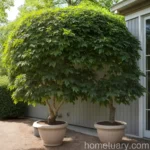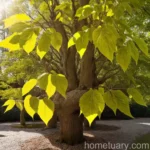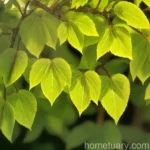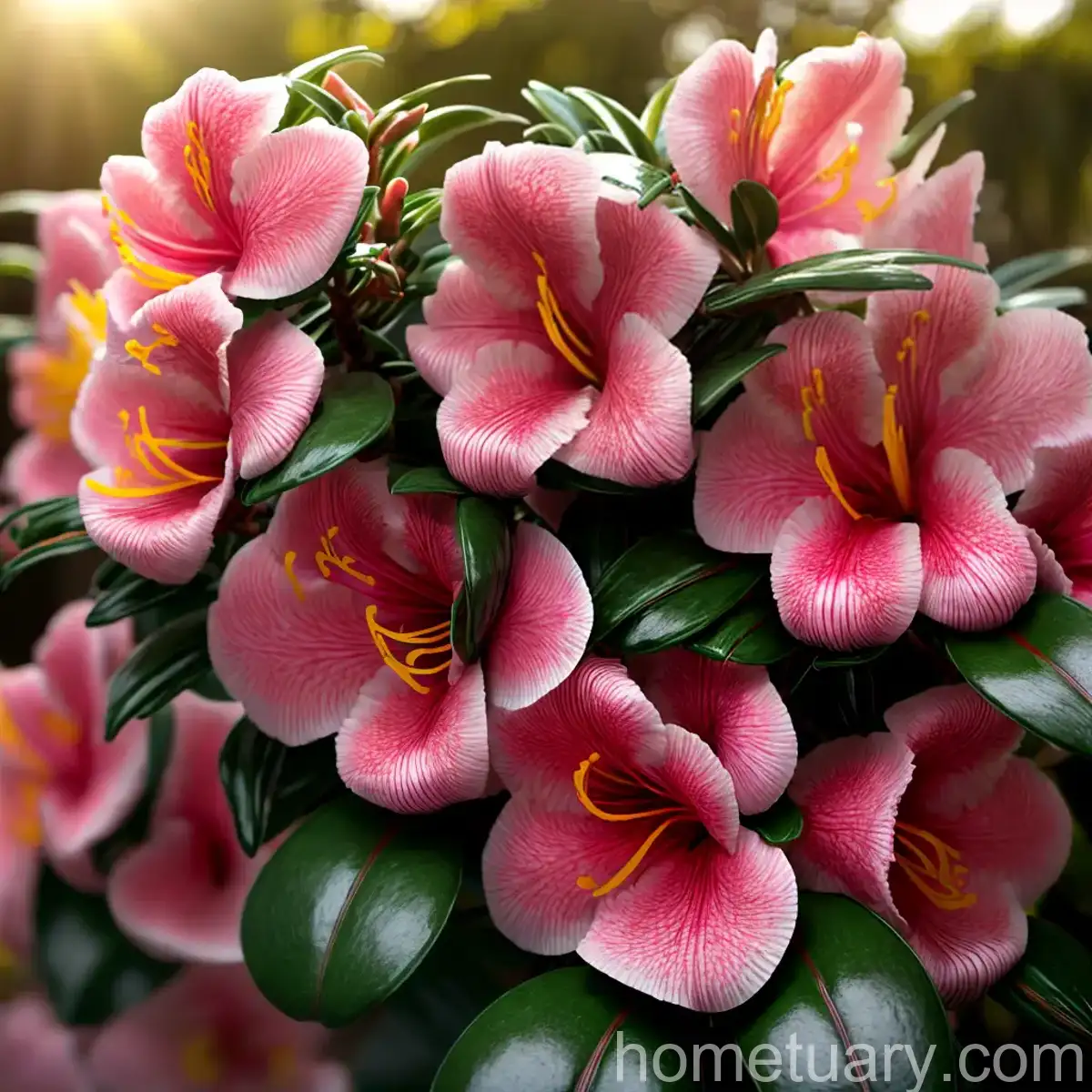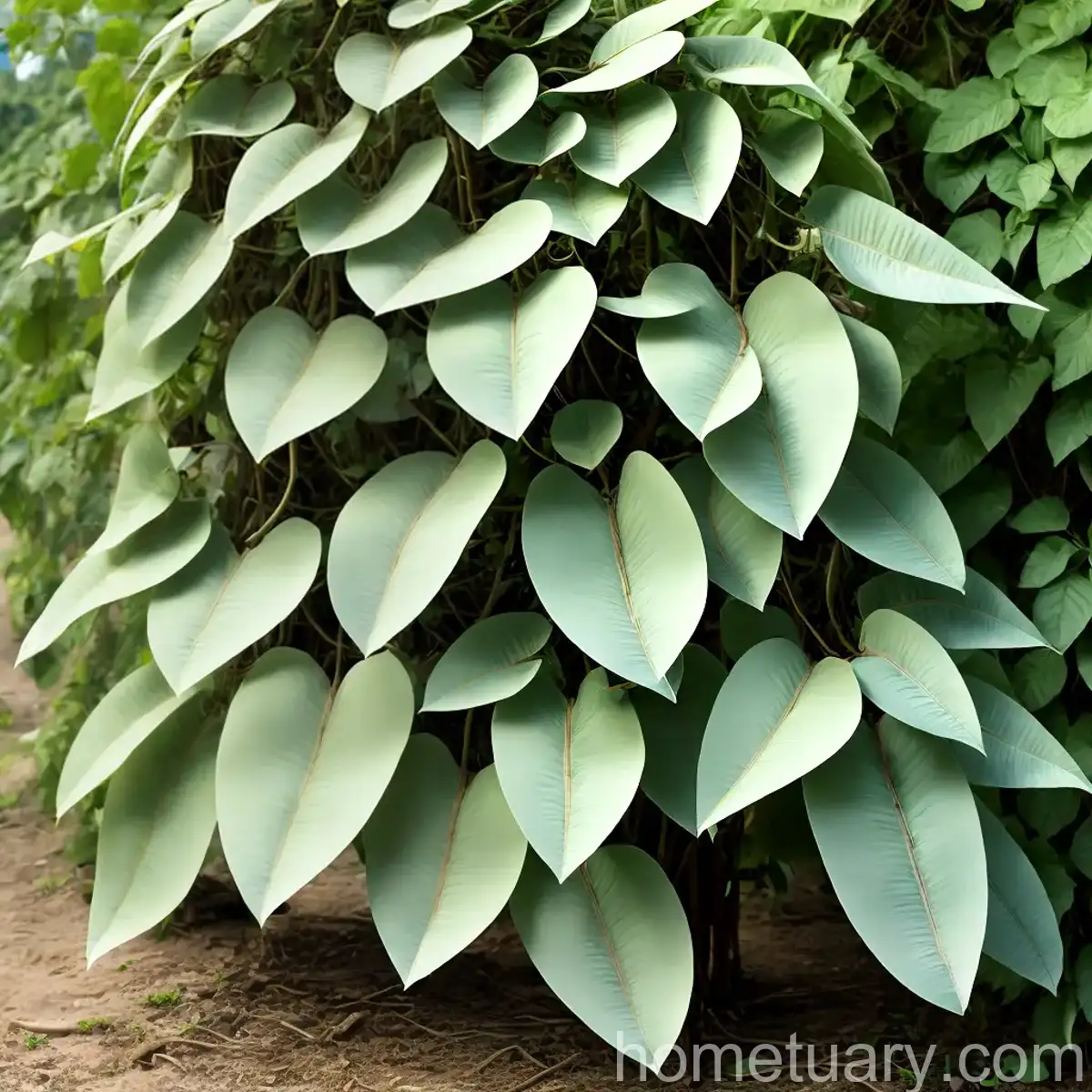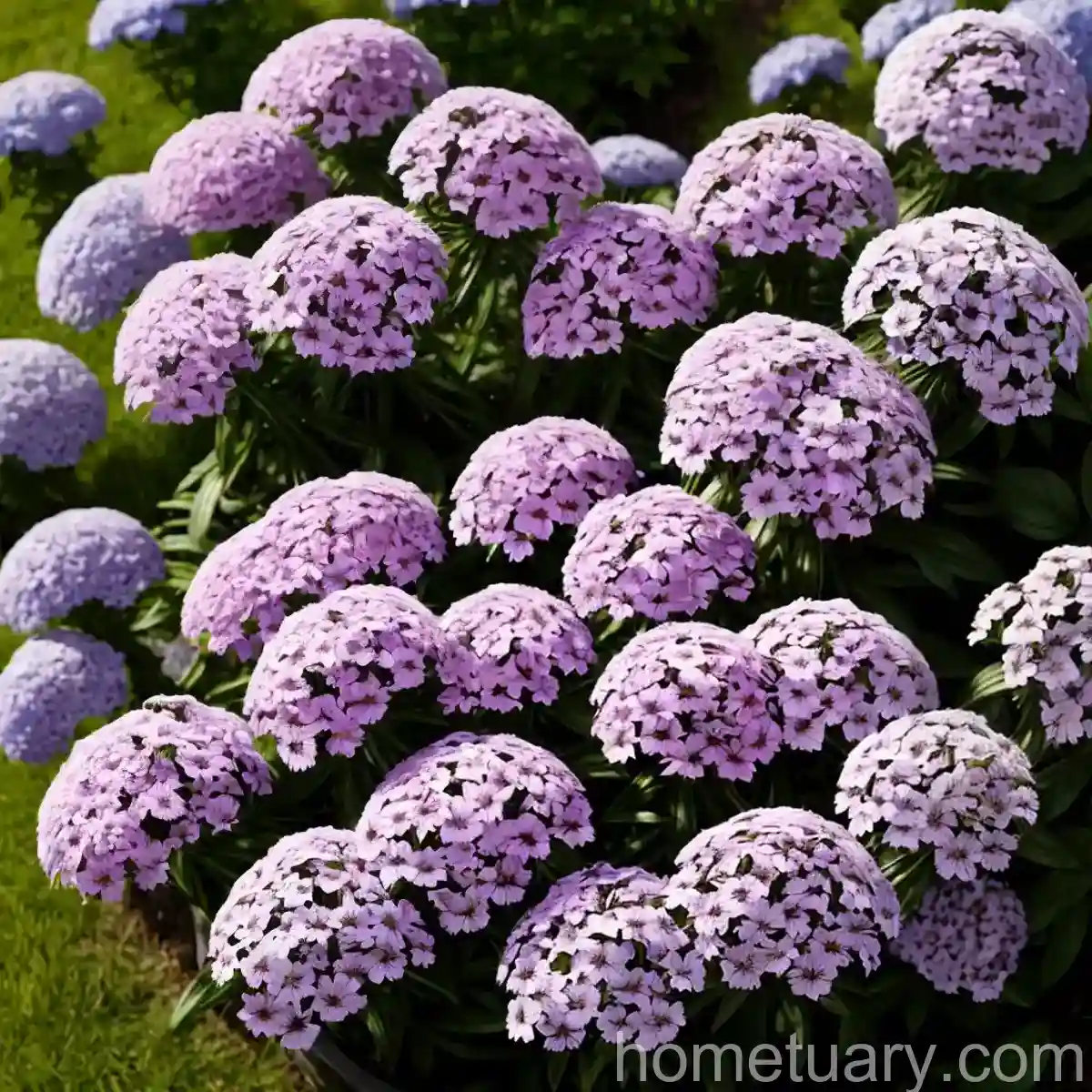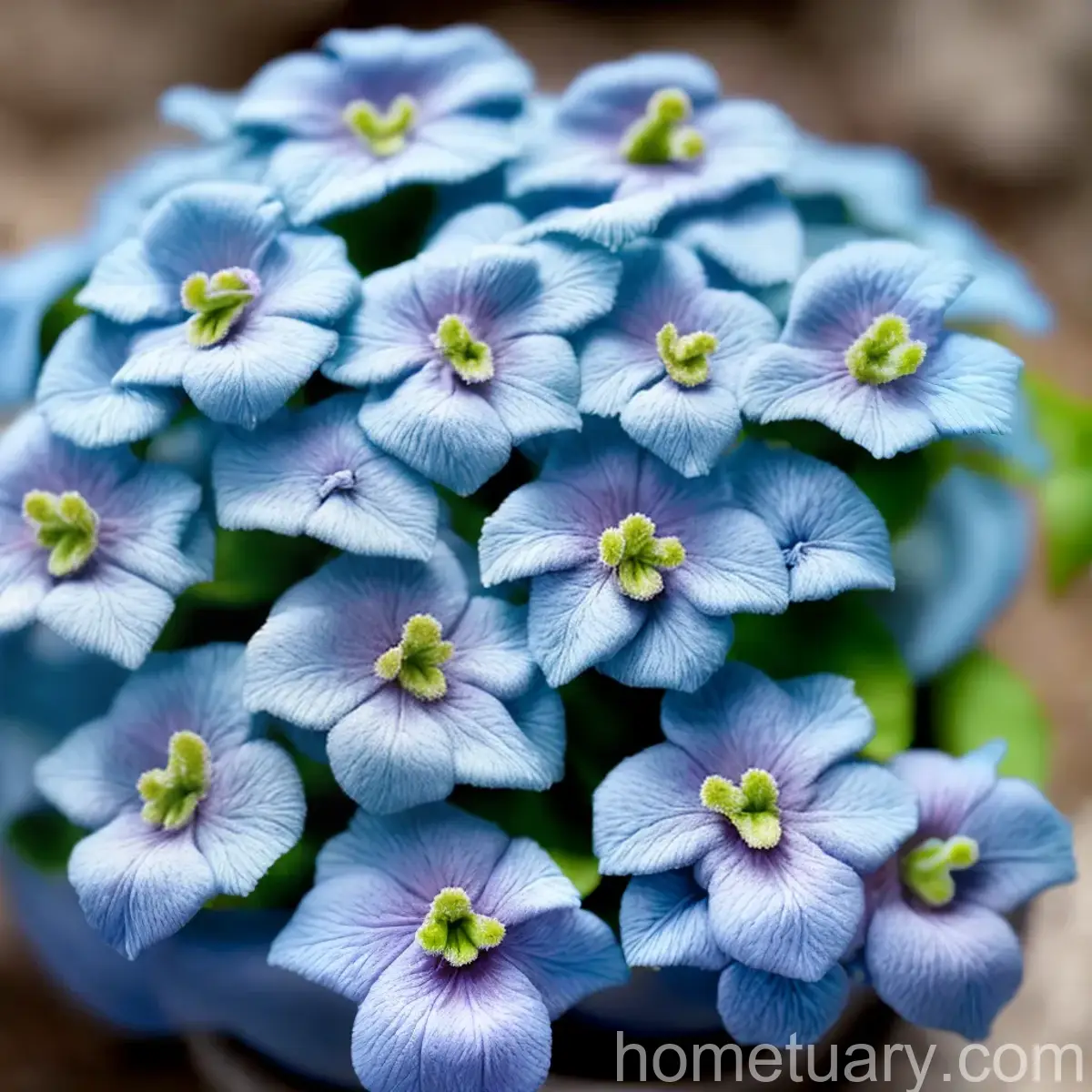The Shingle Oak (Quercus imbricaria): A Comprehensive Guide
The world of plants is full of diversity, and one of the fascinating species that capture the attention of enthusiasts and researchers alike is the shingle oak (Quercus imbricaria). In this comprehensive guide, we will delve into the characteristics, cultivation, uses, and maintenance of the shingle oak, providing insights into its habitat, benefits, care requirements, and much more. Whether you are an arborist, a nature lover, or a homeowner looking to plant this fascinating species, this guide will equip you with all the information you need.
What is the Shingle Oak (Quercus imbricaria)?
The shingle oak, scientifically known as Quercus imbricaria, is a deciduous tree that falls under the family Fagaceae. This species is native to North America and is known for its distinctive shingle-like bark and uniquely shaped leaves. The shingle oak holds ecological and aesthetic value, making it an attractive choice for landscaping, urban forestry, and natural woodland settings.
Key Takeaways – Shingle Oak (Quercus imbricaria)
Before we delve into the detailed aspects of the shingle oak, let’s take a quick look at some key takeaways related to this remarkable tree.
- Scientific Name: Quercus imbricaria
- Family: Fagaceae
- Type: Deciduous tree
- Native Range: North America
- Distinctive Features: Shingle-like bark, unique leaf shape
- Uses: Landscaping, urban forestry, ecological significance
Culture
The shingle oak is valued for its cultural significance, ecological role, and landscaping potential. Understanding its cultural context and significance can further enhance our appreciation for this remarkable tree.
Symbolism and Cultural Significance
The shingle oak has been a symbol of strength and resilience in various cultures. Its robust growth, deep roots, and enduring presence in landscapes have made it a symbolic representation of longevity, stability, and natural beauty. In indigenous cultures, the shingle oak may hold specific spiritual or medicinal significance, adding layers of heritage and tradition to its value.
Environmental Benefits and Ecological Significance
As a native North American species, the shingle oak plays a vital role in local ecosystems. Its foliage provides shelter and food for diverse wildlife, and its root system contributes to soil stabilization and water retention. Additionally, its presence in urban and suburban areas can help mitigate the urban heat island effect and improve air quality, making it an invaluable component of sustainable landscape design.
Uses
The shingle oak offers a range of uses, from its ecological contributions to its practical applications in landscaping and woodworking. Understanding its uses can provide insights into its value and diverse applications.
Ecological Uses
The shingle oak plays a crucial role in supporting biodiversity and ecological balance. Its acorns serve as a food source for various wildlife, including birds, squirrels, and other mammals. Furthermore, its canopy provides shade and habitat for nesting birds and other creatures. Thus, the shingle oak’s ecological uses extend far beyond its physical presence, contributing to the overall health and resilience of its surrounding environment.
Landscaping and Urban Forestry
In landscaping and urban forestry, the shingle oak is highly prized for its visual appeal, adaptability, and low maintenance requirements. Its distinctive bark, unique leaf shape, and attractive foliage make it a popular choice for parks, residential neighborhoods, and commercial landscapes. Moreover, its tolerance to urban conditions, including air pollution and compacted soils, further enhances its value as a go-to tree species for urban environments.
Woodworking and Timber Uses
The wood of the shingle oak, while not as widely utilized as other oak species, possesses valuable properties for woodworking and timber applications. Its medium-density wood, characterized by strength and durability, can be used in various woodworking projects, including furniture, cabinetry, and flooring. Additionally, its resistance to decay and insect infestation makes it a favorable choice for outdoor constructions and landscaping elements.
Planting and Care
Successfully cultivating the shingle oak requires a good understanding of its specific requirements, including water, sunlight, soil, and maintenance practices. By adhering to proper planting and care guidelines, individuals can ensure the healthy growth and longevity of this remarkable tree.
Water
Establishing adequate moisture levels is crucial during the initial establishment of young shingle oak trees. Regular, deep watering, especially during dry periods, is essential for promoting healthy root development and overall growth. Once established, the shingle oak displays moderate drought tolerance, although supplemental watering during prolonged dry spells can be beneficial, particularly for trees growing in urban or suburban settings where soil compaction and limited root space may impact water absorption.
Sunlight
The shingle oak thrives in full sun to partial shade conditions. When selecting a planting site, it is important to consider the availability of sunlight throughout the day, ensuring that the tree receives the necessary light for optimal growth. In urban environments, where shading from buildings or other structures can limit sunlight exposure, careful site selection and planning are essential for the tree’s long-term health and vigor.
Soil
Well-drained, loamy soils are ideal for the shingle oak, allowing for proper aeration and moisture retention without waterlogging the roots. While the tree exhibits some adaptability to different soil types, avoiding excessively wet or compacted soils is important for preventing root suffocation and disease development. Soil testing and amendment, if necessary, can help create an optimal growing environment for the shingle oak.
Fertilizer
In nutrient-poor soils, supplemental fertilization can benefit the growth and health of the shingle oak. A balanced, slow-release fertilizer applied in early spring can provide essential nutrients to support new growth and overall vitality. Care should be taken to follow recommended application rates to avoid over-fertilization, which can lead to excessive vegetative growth and potential stress on the tree.
Pruning
Pruning of the shingle oak, while generally minimal, can focus on the removal of dead, damaged, or interfering branches. As with any pruning activity, proper timing and techniques should be employed to minimize stress and promote efficient wound closure. Regular inspection of the tree for any signs of disease, damage, or structural concerns can guide targeted pruning efforts to maintain the tree’s health and form.
Propagation
Propagating the shingle oak can be achieved through various methods, including seed propagation, grafting, and cuttings. Each propagation technique offers unique advantages and considerations, catering to different preferences and circumstances.
Seed Propagation
Growing shingle oak trees from seeds can be an engaging and rewarding process. The following steps outline the general process for seed propagation:
Seed Collection: Collect mature acorns from healthy parent trees, ensuring that the seeds are free from signs of damage or disease.
Seed Preparation: Remove the acorn caps and store the seeds in a cool, dry place until the following spring.
Germination: Prior to planting, stratify the seeds by exposing them to cold, moist conditions for a period of several weeks to simulate winter dormancy and enhance germination success.
Planting: In early spring, plant the germinated seeds in a suitable growing medium, providing consistent moisture and warmth to support seedling establishment.
Care: Monitor the seedlings for healthy growth, providing appropriate sunlight, water, and protection from excessive heat or cold.
Grafting
Grafting offers a method for propagating specific shingle oak cultivars or selected genotypes with desirable traits. By joining a scion from the desired tree onto a compatible rootstock, individuals can reproduce unique characteristics and ensure genetic consistency across the propagated plants. Grafting requires precision and care to achieve successful unions and establish healthy, vigorous trees.
Cuttings
Propagating shingle oak trees from cuttings can be challenging but rewarding when successful. Selecting suitable cuttings from healthy, vigorous trees and employing proper techniques for rooting and establishment can result in the production of genetically identical clones, preserving the characteristics of the parent tree. Adequate humidity, warmth, and rooting hormone application can facilitate the development of new roots and the subsequent growth of cuttings into viable trees.
Container Popularity
The shingle oak’s adaptability to container cultivation makes it an appealing choice for individuals with limited space or those seeking to incorporate trees into patios, rooftop gardens, and other urban settings. Container-grown shingle oaks offer versatility and mobility, allowing for easy relocation and placement in various outdoor environments.
Container Selection
When choosing a container for shingle oak cultivation, it is important to consider the tree’s size, growth habit, and root system. Selecting a spacious, sturdy container with adequate drainage holes will promote healthy root development and minimize the risk of waterlogged soil. Additionally, lightweight containers with handles or casters can facilitate transportation and repositioning as needed.
Soil and Maintenance
Employing a well-draining, nutrient-rich growing medium is essential for container-grown shingle oak trees. Regular watering, fertilization, and monitoring for signs of stress or nutrient deficiencies can help maintain the tree’s health and vigor in a confined growing environment. Pruning may be necessary to manage the tree’s growth and maintain a balanced canopy within the limitations of the container.
Common Diseases
Like all living organisms, shingle oak trees are susceptible to various diseases, including fungal infections, bacterial diseases, and environmental disorders. Identifying common diseases and understanding their causes can aid in preventing and managing potential health issues in shingle oak populations.
Disease Diagnosis
Diagnosing diseases in shingle oak trees requires careful observation of symptoms and patterns, as well as potential laboratory analysis for accurate identification. Common diseases that may affect shingle oaks include oak wilt, anthracnose, powdery mildew, and various stem and root diseases. Understanding the unique characteristics and diagnostic markers of each disease can guide appropriate management strategies and treatment options.
Preventive Measures
Implementing preventive measures can help reduce the risk of disease outbreaks and minimize the impact of pathogens on shingle oak health. Practices such as promoting good air circulation, maintaining appropriate soil moisture levels, and avoiding excessive pruning during periods of disease susceptibility can create a less favorable environment for disease development. Additionally, selecting disease-resistant cultivars and providing proper care and nutrition can enhance the tree’s ability to resist and overcome potential threats.
Common Pests
Pests represent another potential challenge for shingle oak trees, ranging from insect herbivores to mites and other arthropods. Recognizing common pests and their associated damage symptoms can aid in early detection and targeted pest management efforts to protect the health and vitality of shingle oaks.
Insect Pests
Insect pests that may impact shingle oak trees include oak leaf miners, gypsy moths, oak lace bugs, and various species of caterpillars and borers. These pests can cause defoliation, leaf damage, and overall stress to the tree, potentially affecting its growth and reproductive capabilities. Employing integrated pest management (IPM) strategies, such as biological control, cultural practices, and selective pesticide applications, can help mitigate pest pressures while minimizing environmental impact.
Botanist’s Tips
For individuals interested in studying, cultivating, or conserving shingle oak trees, incorporating botanist’s tips and best practices can enhance their understanding and management of this unique species.
Observation and Documentation
Engaging in systematic observation and documentation of shingle oak populations can provide valuable insights into their natural history, ecological interactions, and adaptations. Recording phenological events, such as leaf emergence, flowering, and fruiting, and documenting associated ecological partners, including pollinators and seed dispersers, can contribute to a comprehensive understanding of the tree’s life cycle and ecological role.
Conservation and Restoration
Given the ecological importance and potential conservation status of the shingle oak, individuals with a conservation mindset can explore opportunities for habitat restoration, seed banking, and population monitoring to safeguard the species’ long-term viability. Supporting initiatives focused on preserving native plant communities and advocating for sustainable land management practices can contribute to the broader conservation efforts for shingle oaks and their associated ecosystems.
Fun Facts
To add a touch of intrigue and fascination, here are some fun facts about the shingle oak that highlight its unique characteristics and ecological relevance.
- The shingle oak is named for its distinctive shingle-like bark, which sets it apart from other oak species.
- Its dense wood, while not commonly used in commercial applications, possesses valuable properties for specialized woodworking projects.
- The leaves of the shingle oak feature a unique arrangement and shape, contributing to the tree’s aesthetic appeal and ecological contributions.
- Shingle oaks are valued for their ecological role in supporting wildlife and contributing to the overall health of forest ecosystems.
- The acorns of the shingle oak serve as an important food source for various wildlife species, showcasing its ecological significance and value in natural food webs.
Links to External Resources
For further exploration of shingle oak (Quercus imbricaria) and related topics, the following external resources offer in-depth information, practical guidance, and additional perspectives on this fascinating tree species.
- The Morton Arboretum: Shingle Oak
- USDA Forest Service: Silvics of North America
- Missouri Botanical Garden: Quercus imbricaria
In conclusion, the shingle oak (Quercus imbricaria) stands as a captivating example of North American flora, weaving together aesthetic appeal, ecological significance, and practical uses into a single species. With careful cultivation, appreciation for its natural history, and commitment to conservation, the shingle oak can continue to enrich landscapes, support biodiversity, and inspire admiration for generations to come. Whether as an elegant shade tree, a wildlife habitat component, or a symbol of enduring natural beauty, the shingle oak holds a special place in the rich tapestry of plant life. As we embrace the complexities and wonders of the natural world, the shingle oak serves as a poignant reminder of the intricate connections and timeless values embedded in native flora.
In crafting this comprehensive guide, the spectrum of shingle oak (Quercus imbricaria) has been illuminated, delving into its cultural significance, ecological implications, cultivation, and utilization. This resource aims to provide valuable insights into the multifaceted nature of the shingle oak while offering practical guidance for enthusiasts, conservationists, and arborists seeking to engage with this remarkable species.
The beauty and versatility of the shingle oak serve as testaments to the enduring allure and ecological importance of native tree species. By integrating knowledge, appreciation, and conservation efforts, individuals can contribute to the preservation and celebration of the shingle oak’s unique heritage and ecological legacy.
In crafting this comprehensive guide, the spectrum of shingle oak (Quercus imbricaria) has been illuminated, delving into its cultural significance, ecological implications, cultivation, and utilization. This resource aims to provide valuable insights into the multifaceted nature of the shingle oak while offering practical guidance for enthusiasts, conservationists, and arborists seeking to engage with this remarkable species.
The beauty and versatility of the shingle oak serve as testaments to the enduring allure and ecological importance of native tree species. By integrating knowledge, appreciation, and conservation efforts, individuals can contribute to the preservation and celebration of the shingle oak’s unique heritage and ecological legacy.




